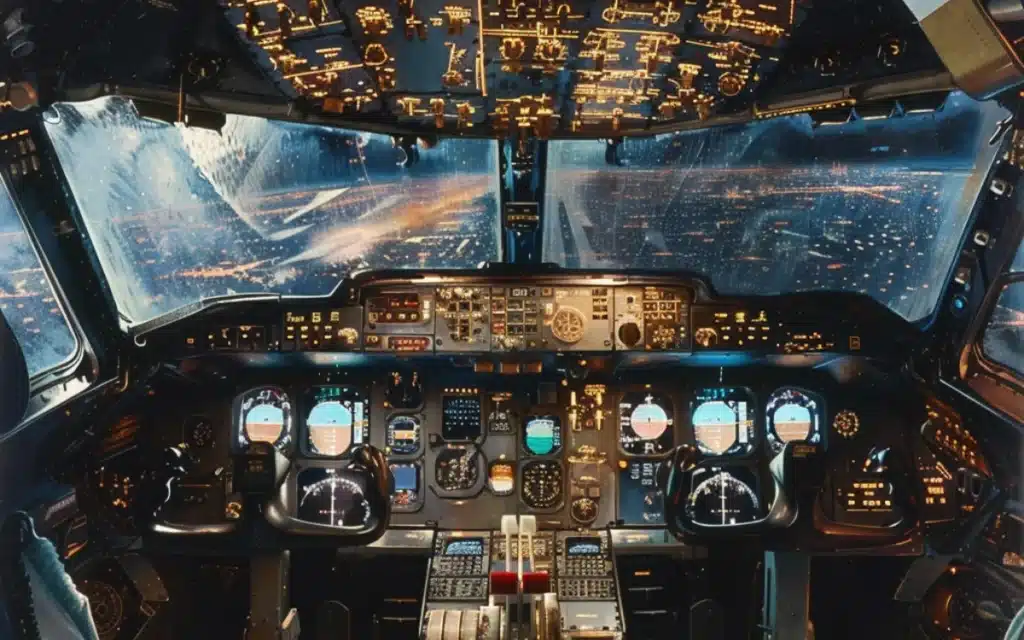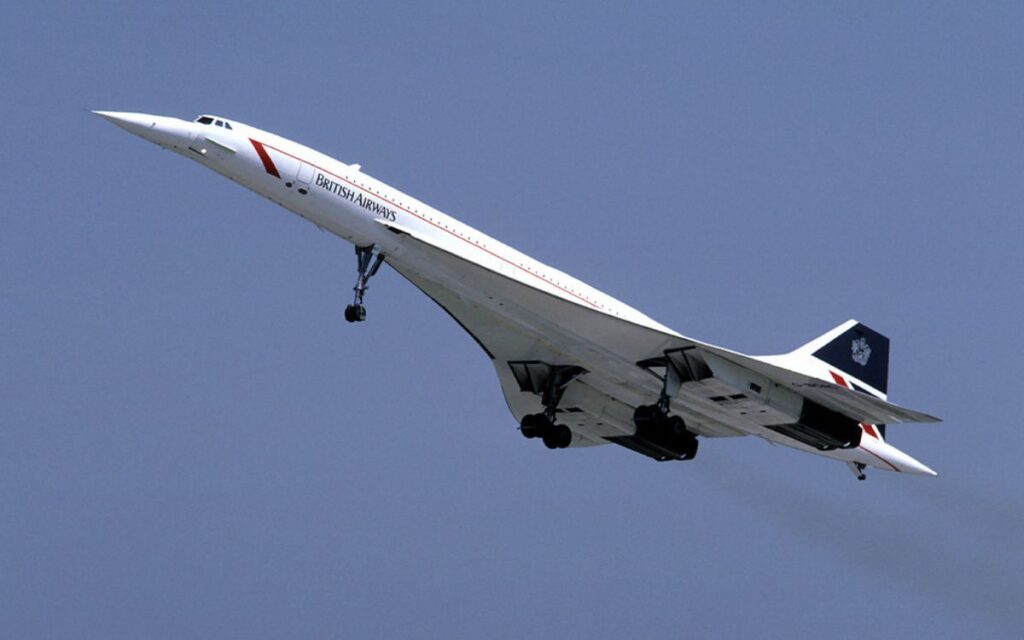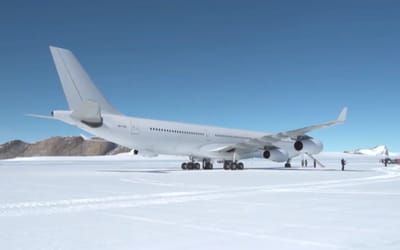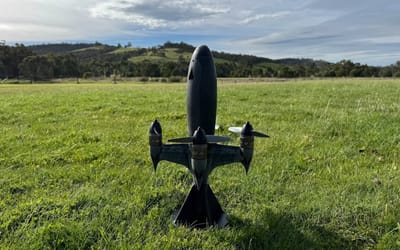Footage from inside Concorde’s cockpit and cabin seems extremely calm for a plane flying 2,470km/h
- The supersonic speeds of Concorde actually were a far calmer experience than you’d expect
- Concorde traveled at over twice the speed of sound
- It’s technological innovation meant that flying this fast was a luxury experience
Published on Mar 28, 2024 at 3:27 PM (UTC+4)
by Amelia Jean Hershman-Jones
Last updated on Apr 02, 2024 at 6:57 PM (UTC+4)
Edited by
Tom Wood
The supersonic speeds of Concorde might sound eye-watering, but as this vintage footage suggests – it was far more civilized than you might think.
Concorde had a maximum speed of Mach 2.04 (1,354 mph or 2,180 km/h) at cruise altitude, over twice the speed of sound.
Hailed as the world’s greatest airliner, it was renowned for its unique blend of technological innovation and outstanding design.
READ MORE! Reason behind so many flights being pushed to near-supersonic speeds recently
In fact, despite being retired in 2003, its iconic status remains intact.
For many years, Concorde was the ultimate way to travel in flashy and luxurious style – and this amazing footage is proof of why.
It was the only commercial aircraft capable of supersonic flight, enabling passengers to travel at twice the speed of sound and get to their destination faster than ever before.
The first commercial supersonic jet, reaching New York from London in under four hours, it was most popular with business travelers.
“If you travel in a fighter airplane at this speed you’ll be sitting in a pressure suit breathing through an oxygen mask,” said BA Concorde Captain, Chris Norris.
It seated 92 to 128 passengers.

With its high-profile clientele and peerless travel time, the supersonic jet seemed poised for long-term success.
Powered by Rolls-Royce Olympus engines with reheat, Concorde accelerated rapidly, reaching speeds comparable to a Formula One race car during takeoff.
Special panels within the engine intake adjusted to slow down airspeed, a crucial feature for maintaining supersonic flight.
Per the video by Ian Maw, Concorde’s wings were specially designed to maintain balance and stability during high-speed flight.
Passengers enjoyed unparalleled luxury and comfort while traveling at supersonic speeds, savoring champagne and cruising considerably higher than other aircraft.
In fact, only astronauts were higher than the passengers and crew.
But several factors, from ticket prices to a catastrophic crash in 2000, led to the plane’s demise.
The cost of a ticket was astronomically high, costing about $12,000 in today’s money for a round trip across the Atlantic.
Fortunately, after two decades, several companies have entered the supersonic race.

In fact, NASA just unveiled a revolutionary ‘quiet’ jet set for commercial supersonic flights.
The typically loud supersonic boom is reduced
Rather than the typical jarring sound, the sound of NASA X-59 is reduced to a ‘neighbor’s car door down the street being closed’ – making the US Federal Aviation Administration more likely to approve it for flights over populated areas.
Concorde flights were meticulously planned to maintain supersonic speeds for as long as possible, often taking advantage of high-altitude cruise climbs and specific routing over the Atlantic.
Concorde’s aim was to minimize noise pollution, with noise abatement employed during takeoff and landing.
On the approach to airports, predefined routes were marked out, utilizing special procedures to minimize noise disturbance over populated areas.
It still caused disruption, however, as this nostalgic clip reveals.
Some of the images in this article were created using AI.
DISCOVER SBX CARS: The global premium car auction platform powered by Supercar Blondie
All Supercar Blondie contributors undergo editorial review and fact-checking to ensure accuracy and authority in automotive journalism. After gaining her BA Hons in French and English at the University of Nottingham, Amelia embarked on a vocational diploma from the National Council for the Training of Journalists (NCTJ). This led to numerous opportunities, from interning at Vogue to being on the small team that launched Women’s Health magazine in the UK, which was named the PPA Consumer magazine of the year for three years running. As Health, Beauty and Fitness editor, Amelia personally received a Johnson & Johnson Award and was shortlisted for both PPA and BSME titles. Since then, Amelia has created content for numerous titles and brands, including the Telegraph, 111 Skin, Waitrose, Red magazine, Stylist, and Elle, as well as being Head of Content at Vitality and Editor in Chief at INLondon magazine. “My superpower is translating technical jargon about the mechanical workings of a supercar into a relatable story you’ll want to share with your friends after you’ve read it.” After joining the SB Media family as a senior journalist in September of 2023, Amelia’s role has evolved to see her heading up the SEO output of the editorial team. From researching the most ‘Google-able’ key terms to producing evergreen content - it’s been a time of hard work, growth, and success for the editorial team and the Supercar Blondie website. “I like to think of myself as a ‘method journalist’. In other words: I live and breathe whatever I am writing about. When writing about fitness, I trained as a personal trainer, and as a beauty editor, I completed an ‘expert’ in scent diploma with the Fragrance Foundation. “During my tenure at Supercar Blondie, however, I did something I never thought possible: I passed my driving test at the age of 36. One day I’d love to train as a mechanic to better understand what happens under the hood, too. “My sweet spot is providing readers with a ‘takeaway’ (read: something new they didn’t know before) after reading every one of my stories. While I don’t claim to be an expert in the automotive world, I know the experts and bodies in the field to rely on to provide our readers with an informative and thought-provoking story every time they visit the site.”




